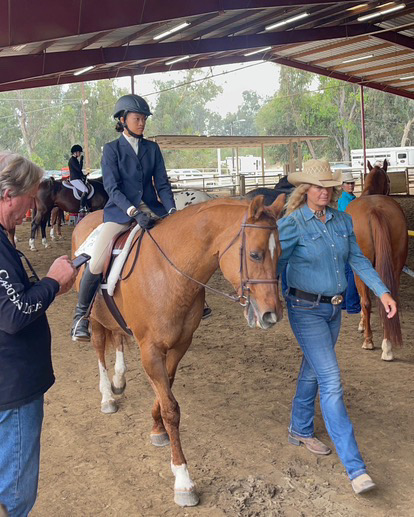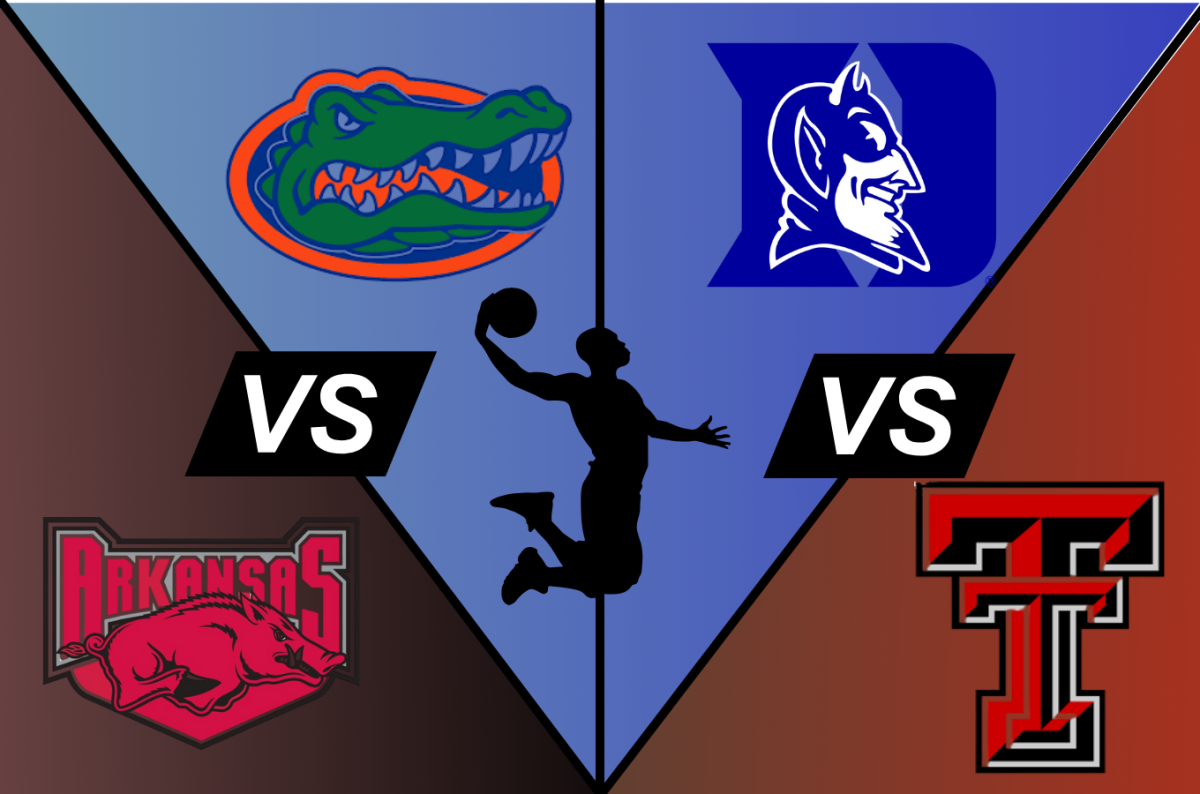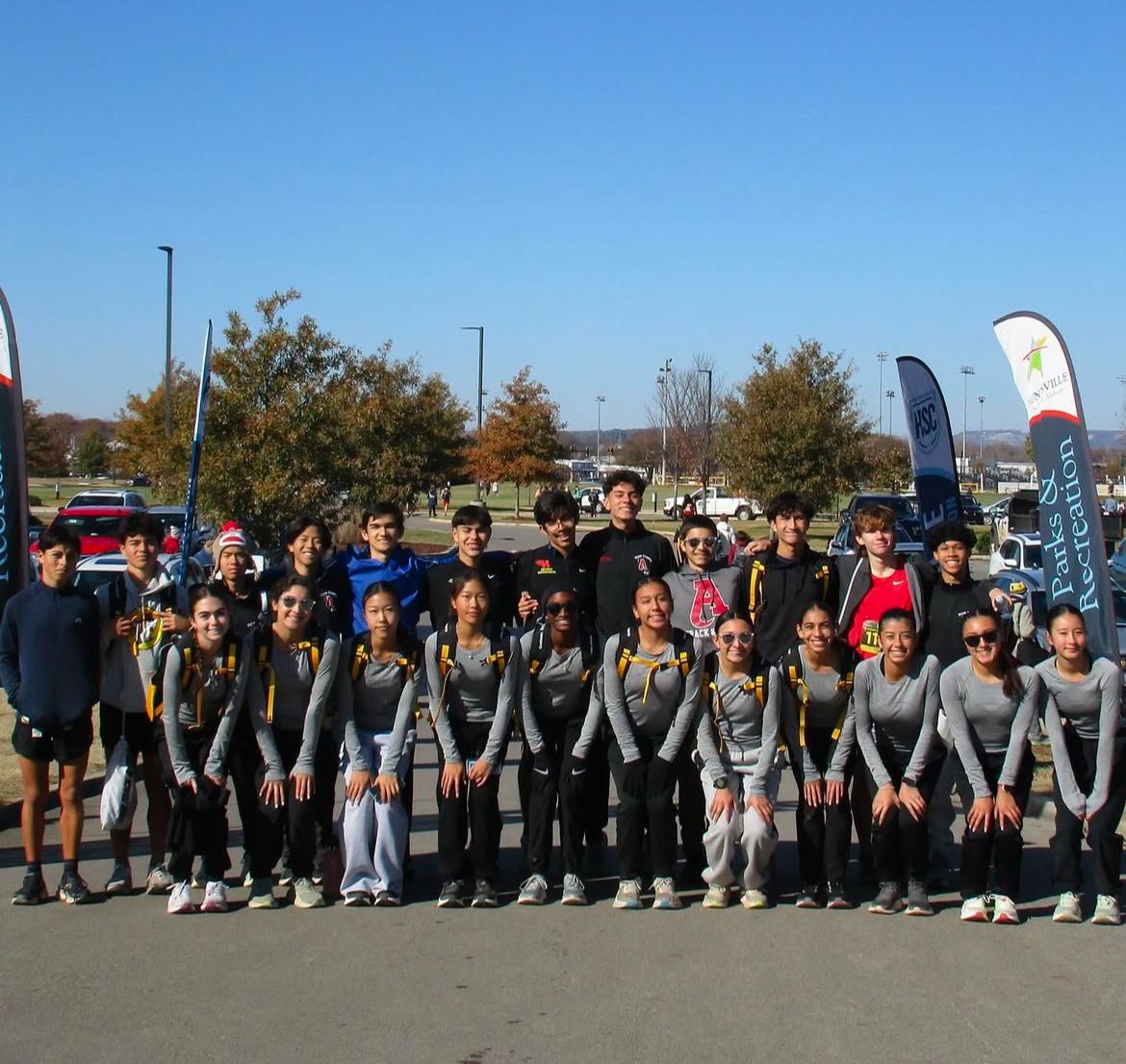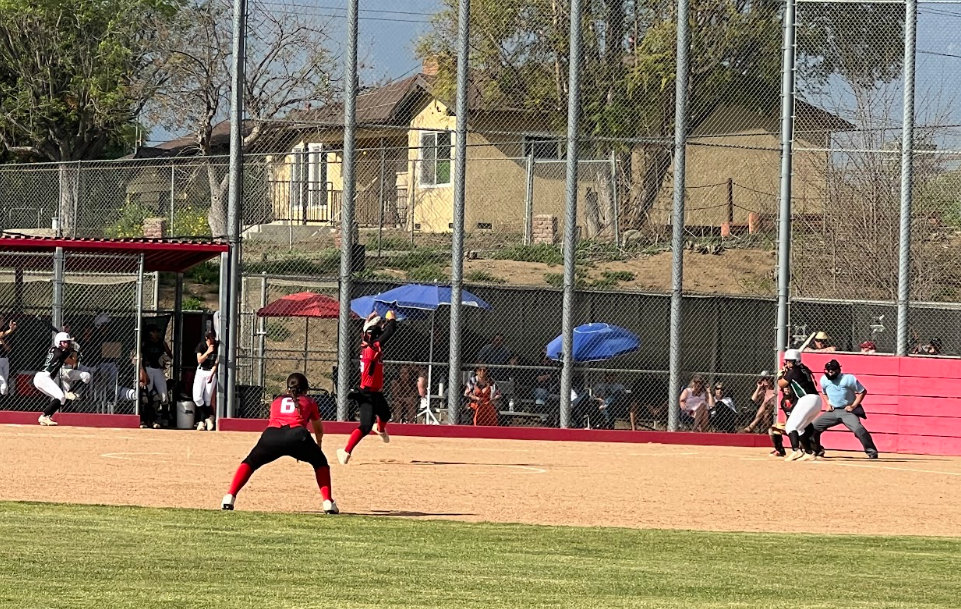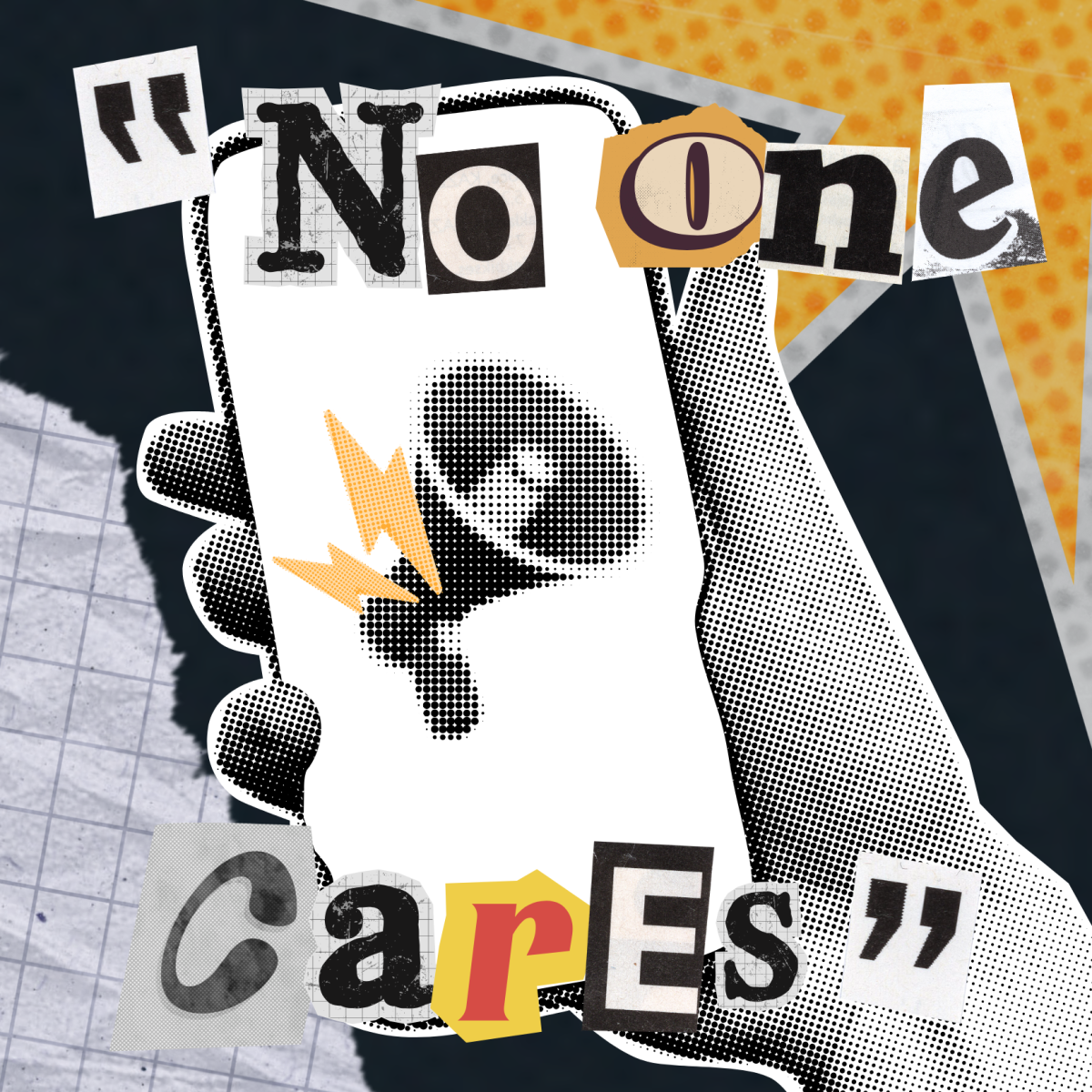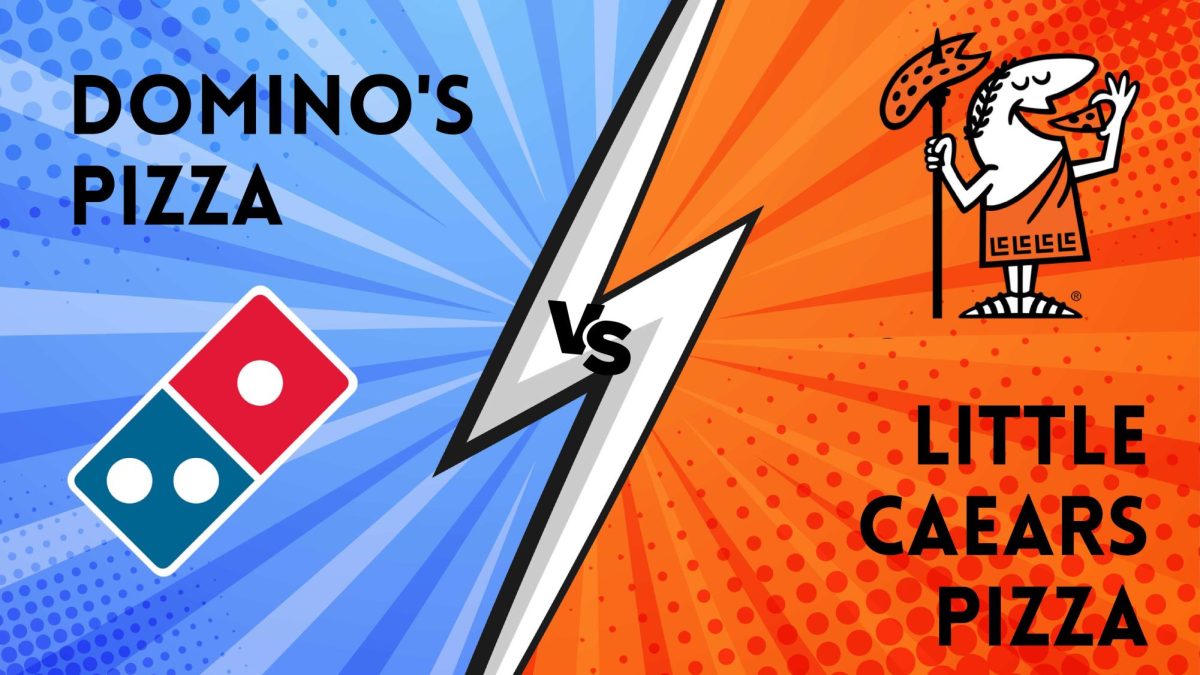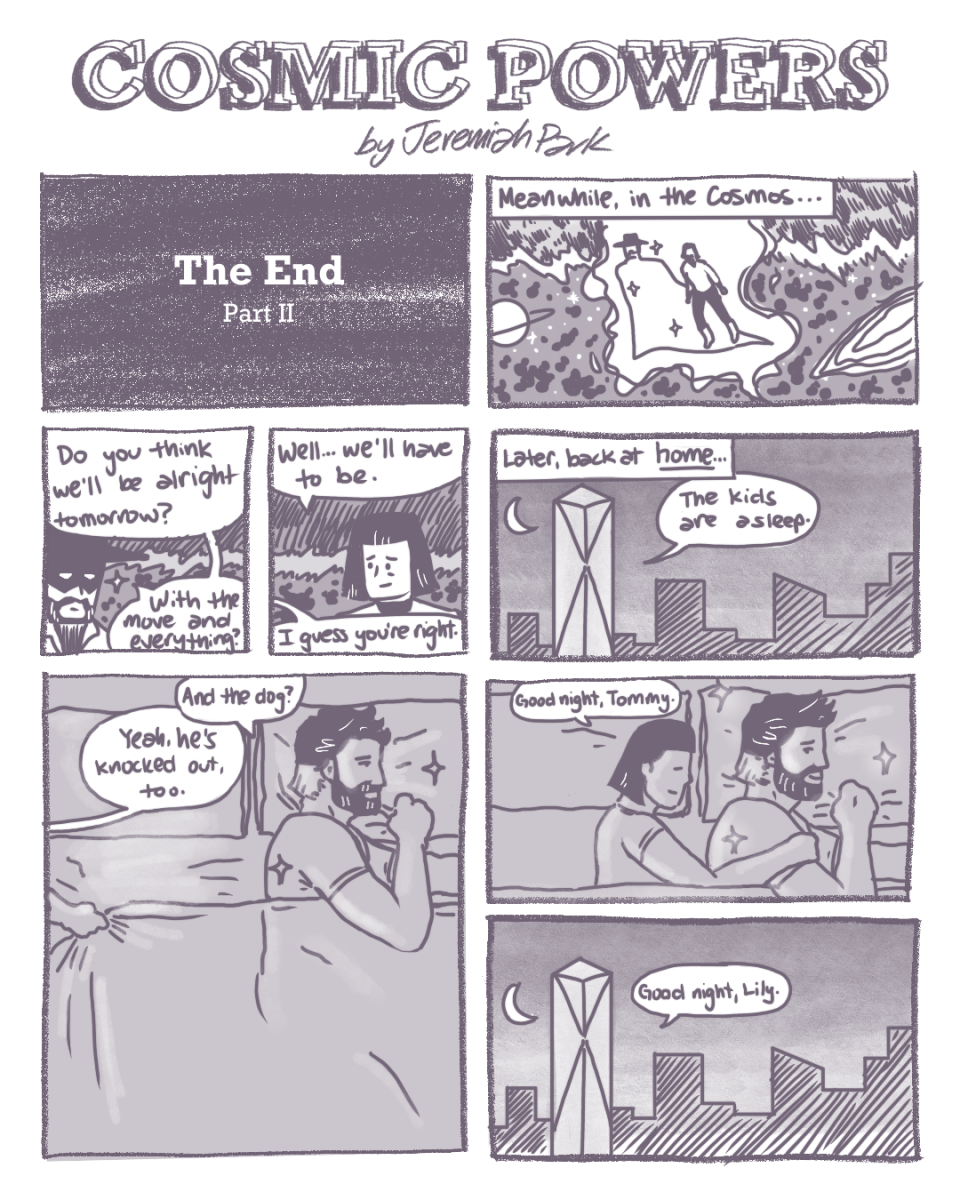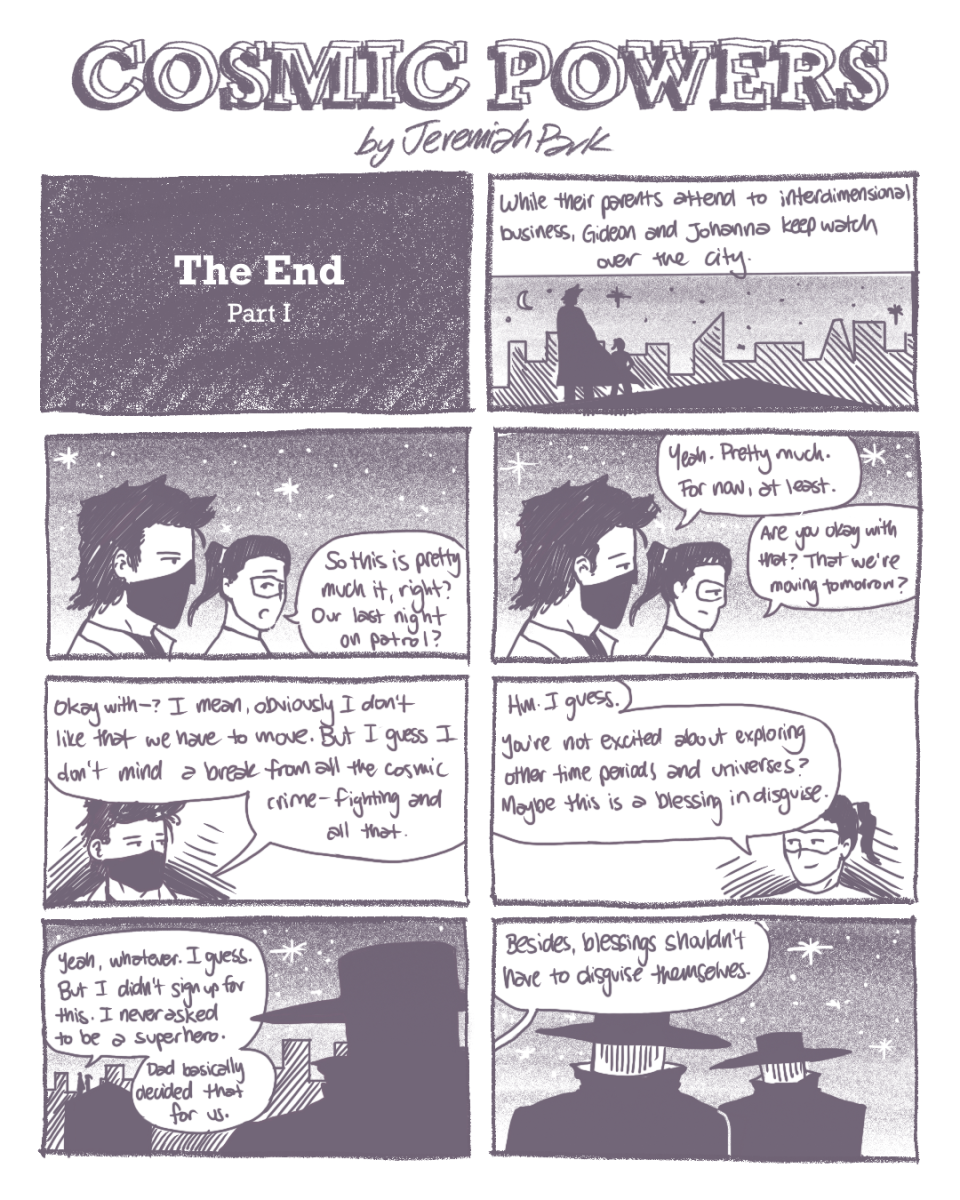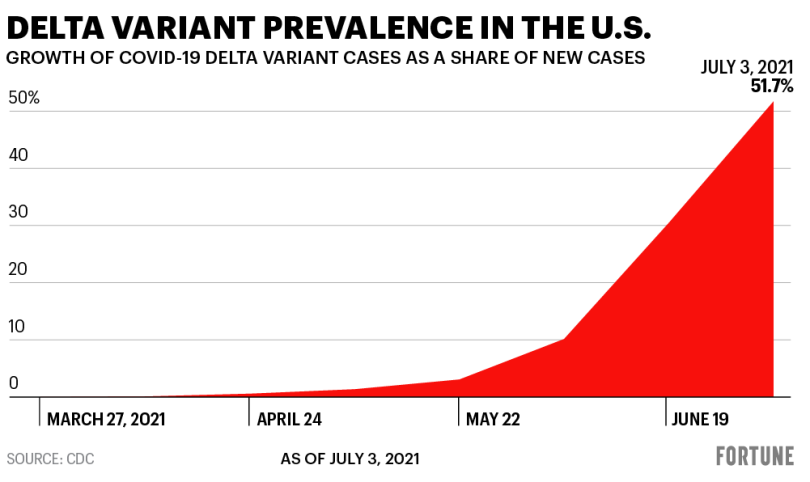The Delta Variant, how young students cope
As distance-learning ends, students are returning back on campus admist a new and harmful variant.
October 14, 2021
The Delta Variant, How Young Students Cope
With the first COVID-19 lockdowns beginning in the March of 2020 hitting the United States of America, students nationwide had to resort to online learning. Assimilation into the new mode of learning was met with mixed reactions, however, coming into 2021, schools eventually began opening up as cases of COVID-19 went down in the country.
In December of 2020, a new strand of COVD-19, nicknamed the Delta variant, was discovered in India. Within a short period of time, the variant was able to successfully spread across the world, affecting up to 98 countries, notably the United States of America. Compared to other strands of COVID-19, the Delta variant is found to have affected mostly individuals aged under 50.
In the United States of America, the new variant poses a threat to students, as schools have opened up coincidentally around the same time this variant has critically started affecting younger individuals.
“I’m scared that our school will have to go on lockdown again,” sophomore Trinity Kinyon says, “distance learning wasn’t working for me, and my mental health was terrible when we had to do it.”
States that face severe COVID-19 cases are states that have the lowest rate of vaccination cases in the country.
“A lot of the people who live here aren’t vaccinated,” Kinyon, a Mississippi resident notes, “I think if more students were vaccinated, this wouldn’t have become a huge problem.”
The variant also poses a threat to those who cannot receive the vaccine, either through lack of resources, or due to not being the correct age to get a vaccination done.
“My sister had to get tested for COVID-19,” Kinyon remarks, “she is only 10. Hopefully, one day she’ll be able to get the vaccine.”
Not all young students are faced with the same severities as others when it comes to the virus.
“I have a ton of younger siblings,” Junior Elliot Lujan states, “and none of them seem to have a risk of the virus, I cannot say the same thing when it comes to online learning though.”
Although the virus itself may not pose a challenge to young students, the consequences of having to virtually learn may. In California, the number of Ds and Fs went up by 9.7%. Mental health has also been a challenge, as many students were not able to go to class and meet with their peers.
“I like spending time with myself, but I’ve noticed that my younger siblings have thrown more fits around the house. I honestly think it’s because of online learning.”
Parents are also struggling with having younger children in the house. Not only has online learning made it so that guardians have to step in and peer into their child’s academic life, but with the risk of the new Delta Variant, parents with children attending school fear that their child may be affected by the disease, whether personally getting it themselves, or it hindering their ability to learn in an appropriate classroom setting.
“I definitely fear that my child may get infected with the variant,” parent Sona Salvi says, “we’re taking extra precautions to ensure that nobody in our household will catch it, especially since we live in a high risk home.”
The Delta Variant poses a serious threat to all, but most importantly to young kids. Young children can benefit from being in a physical classroom environment, and possibly having to venture back into the home poses a risk for their development. Even with schools now opening up again, it is hard to determine whether or not this will actually ensure a safe environment for children, which is just as, if not, more important.






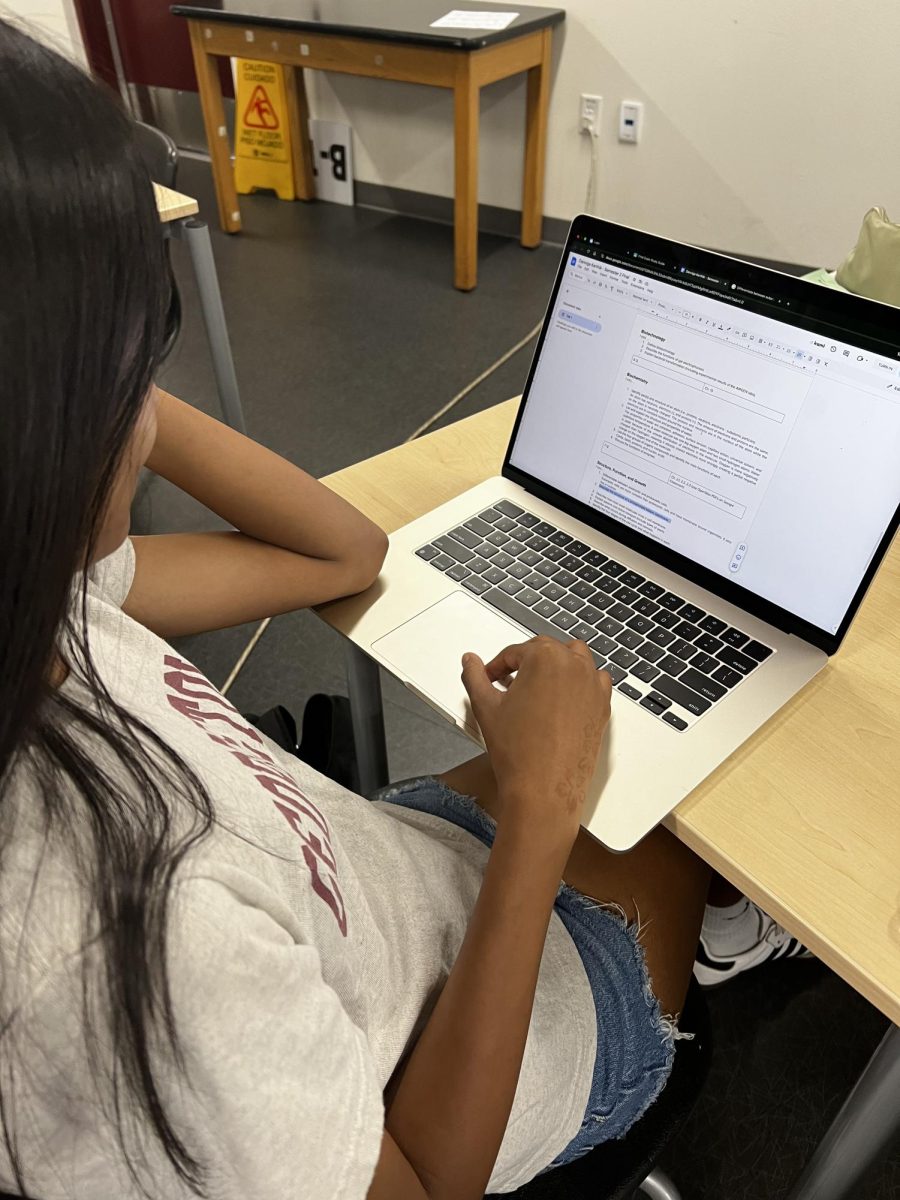

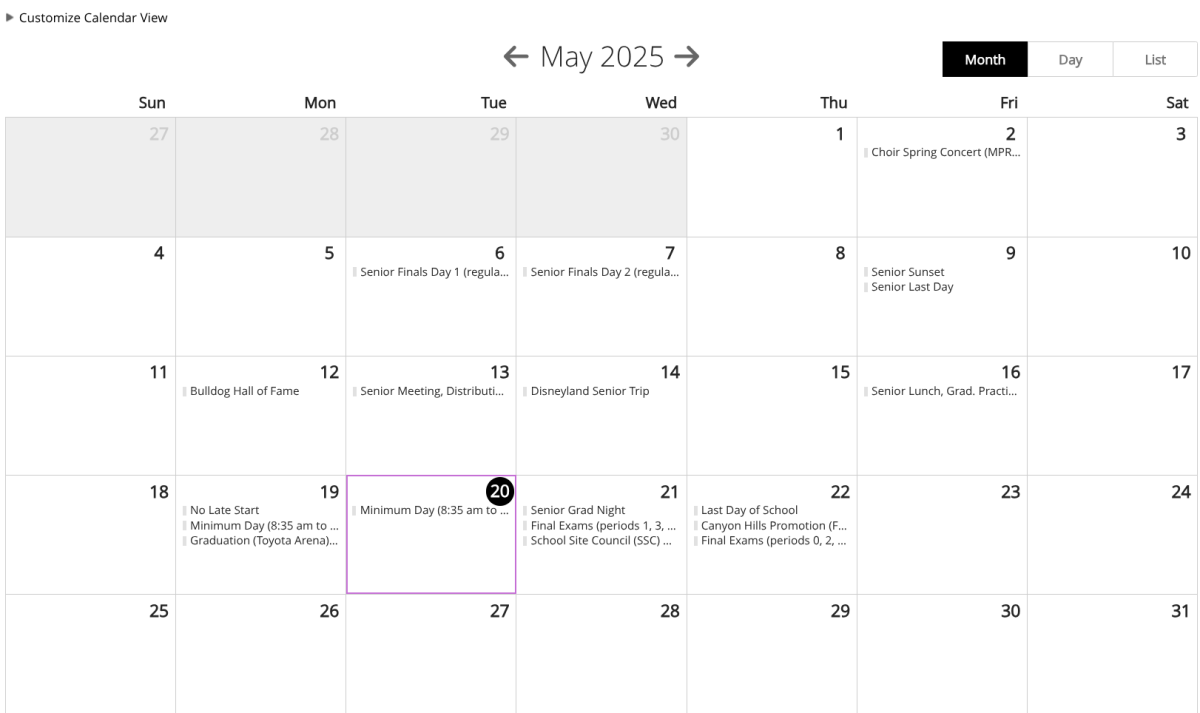












![“I'd say [this season was] successful because I didn't really think I was going to really play much because I'm a freshman. But my coaches took the time and believed in me,” Jonah Boyd (9) said. As a freshman, Boyd has already achieved great success during his first year on the boys Varsity baseball team.](https://ayalabulldogtimes.org/wp-content/uploads/2025/05/IMG_1598-1.jpeg)



